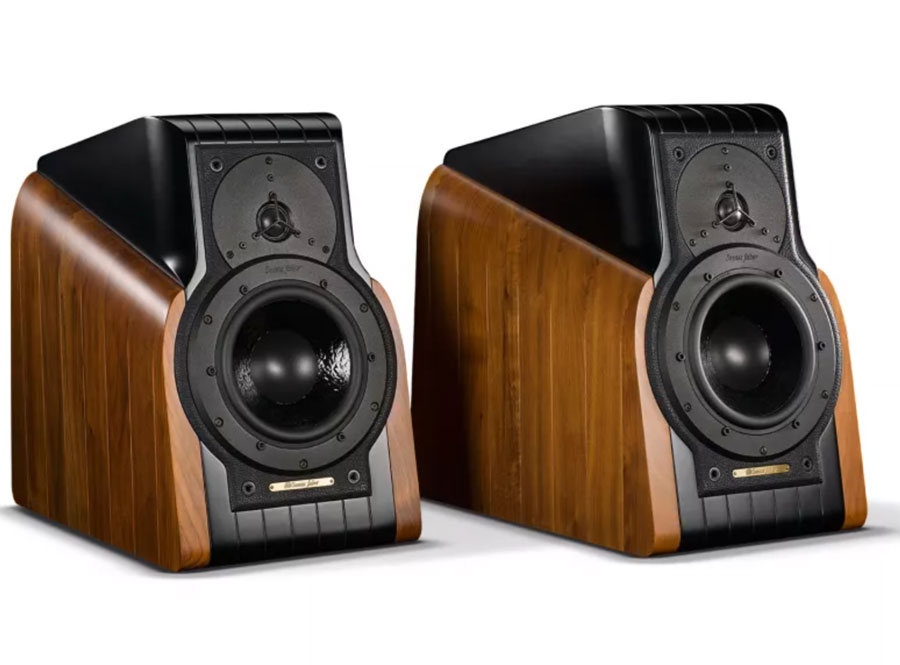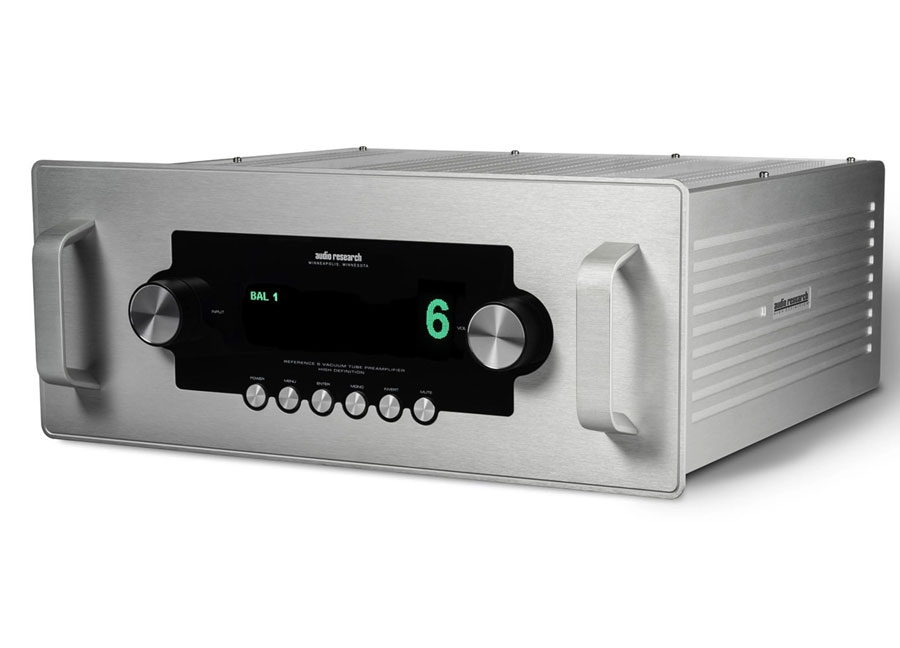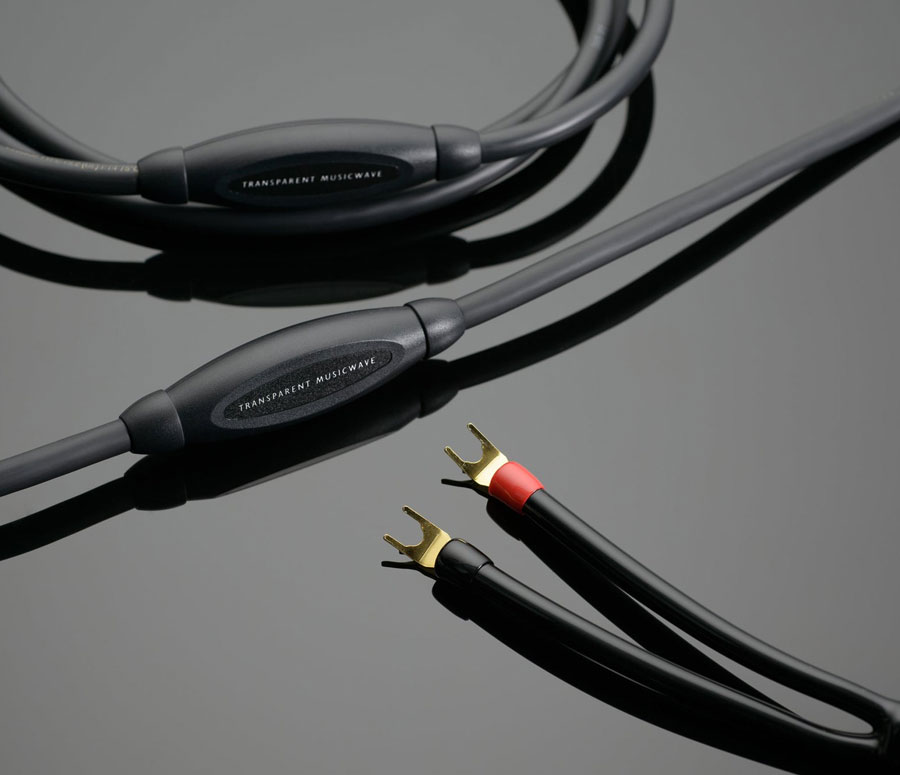Blog
Cables: They Matter but do You Know What to Listen for?
The Art of Selecting Your Cable Package
While no experienced audio types take quality cables and connectors for granted, there is a method when one sets about deciding what cables, how many and which ones to start with. First, get very clear about what your two most important sources are for YOU. It’s simple, you get to be a little greedy. For once no one else gets to tell you what source means the most to you, only your (and possibly one other person’s) needs matter here. So, is a Playstation your most-used and most critical source? Could be, could be a streamer, a CD/DAC combo, an analog turntable, hell I know a guy in Boston with a big ass antenna mounted to the roof of the apartment building he owns with an older Mark Levinson system and Sonus Faber Extremas perfectly dialed in with an old REL Studio II whose imaging would simply shock most digiphiles courtesy of a great FM tuner from Magnum Dynalab and that big antenna. Whatever turns you on, take it to the max including quality cables, then go back and tune up your secondary sources.

Once you’ve gotten clear about that, everything else falls into line. Find a great cable dealer out there—they do exist—and to every extent possible, once you find the person at the dealer whose guidance seems to synch up well with your own reality map do your best to stay loyal until they prove themselves fundamentally wrong about something important. Jumping around to try the flavor of the month never works. And in 45 years of working in high end audio, I’ve learned that quality cable manufacturers have a consistent philosophy and that once you find what approach works best for you, your ears and the current state of your system, you will generally do best to build the core cables—primary source to input, then preamp to amp and, finally, speaker cables––from one vendor.
This approach applies to secondary sources too, but for the sake of focus, start with your 1-2 primary sources, work downhill from there.
Digital Systems
Our first example is a high end 2-channel system that’s simple from the standpoint of number of sources. Our imaginary client uses an amazing PerfectWave transport from PS Audio (naturally it’s their latest with the output stage galvanically isolated from digital ground) paired with their PerfectWave DAC. For a second digital source, the client uses a new HiFi Rose Music Streamer, the big one that offers several graphic options for the display, one of the most popular being a beautifully conceived version of a class tube era tuner dial. Brilliant. The electronics comprise an Audio Research Ref 6SE preamp mated to a pair of the excellent ARC Reference 160M monoblock amps driving a pair of Wilson DAW speakers under-pinned by a Line Array of Carbon Specials from our own REL lineup.

Cheap it’s not, but if you can afford it, it’s a system capable of utterly remarkable performance. But also, one resolving enough that the wrong cable package can upset the system’s balance. I’m going to sidestep the whole “I recommend this exact package of cables” nightmare, not because I’m afraid to step on toes, but because a year from now, it may be of little use since many cables evolve quickly. Instead, try to understand the thinking you want to apply in a scenario like this.
This is a system balanced on a fulcrum. Go all in for silver cables for their resolution and dynamics and you could push the sound over the edge, like a glacier sliding down into the North Sea. A big splash ensues and you’re suddenly cold all over. Go all runny/gooey “musical” sounding cables and you’ll flush over $130k of potentially ultra-dynamic-this-system-could-easily-stomp-all-over-$500k-worth-of-less-well-conceived-of-systems down the drain. On a mature system like this, the trick is to go for overall balance in your cable selection. It’s a system capable of playing any and all types of music and at every level of output short of damaging your hearing but you can’t make the rookie mistake of heading off in one direction or another.
Companies like Transparent Audio make their living in these kinds of situations since they have always seemed to understand how to deliver beautifully modulated and harmonically rich midrange textures even in their most affordable models. Then, like a movie screen in a theater pulling back the curtains as the sheers lift up, more and more extension in both directions are revealed as their pricing increases. The sonic picture comes into sharp focus, but never at the expense of a narrow band of energy annoying and drawing attention, something too many cable companies do.

Cardas Cables also delivers this type of mature, balanced performance that at first can seem almost quietly unimpressive until one remembers that cables are not supposed to impress, they are supposed to deliver balanced performance that is as capable as your sources can provide. As you go around and listen to products and systems, if you find a system dramatic, but non-linear in its delivery (certain notes that jump out at you), take note of the cables that produce this kind of performance. Listen for longer than a few minutes, let the characteristics build into a pattern of strengths and perhaps weaknesses. If you hear these issues repeatedly take note and avoid them if you feel confident that the other products that comprise the system are well balanced.
A final note, specialty cables such as digital cables, HDMI interconnects and tonearm to phono preamp often fall into a different category since many traditional cable companies don’t offer these or their offerings are insufficient to meet your exact system’s needs. For these products, it’s common to step into other cable lines to extract the best sound for your system.











